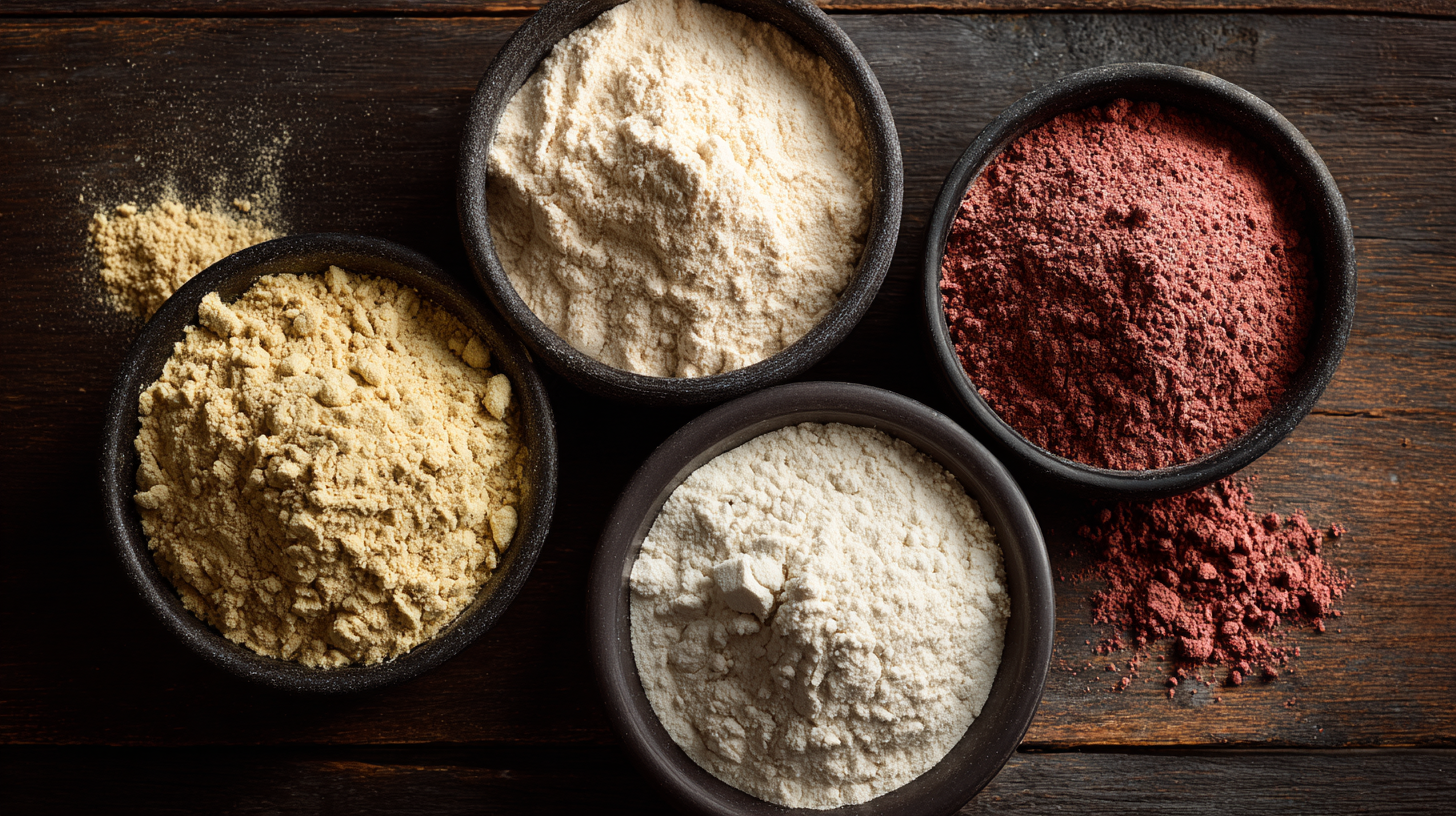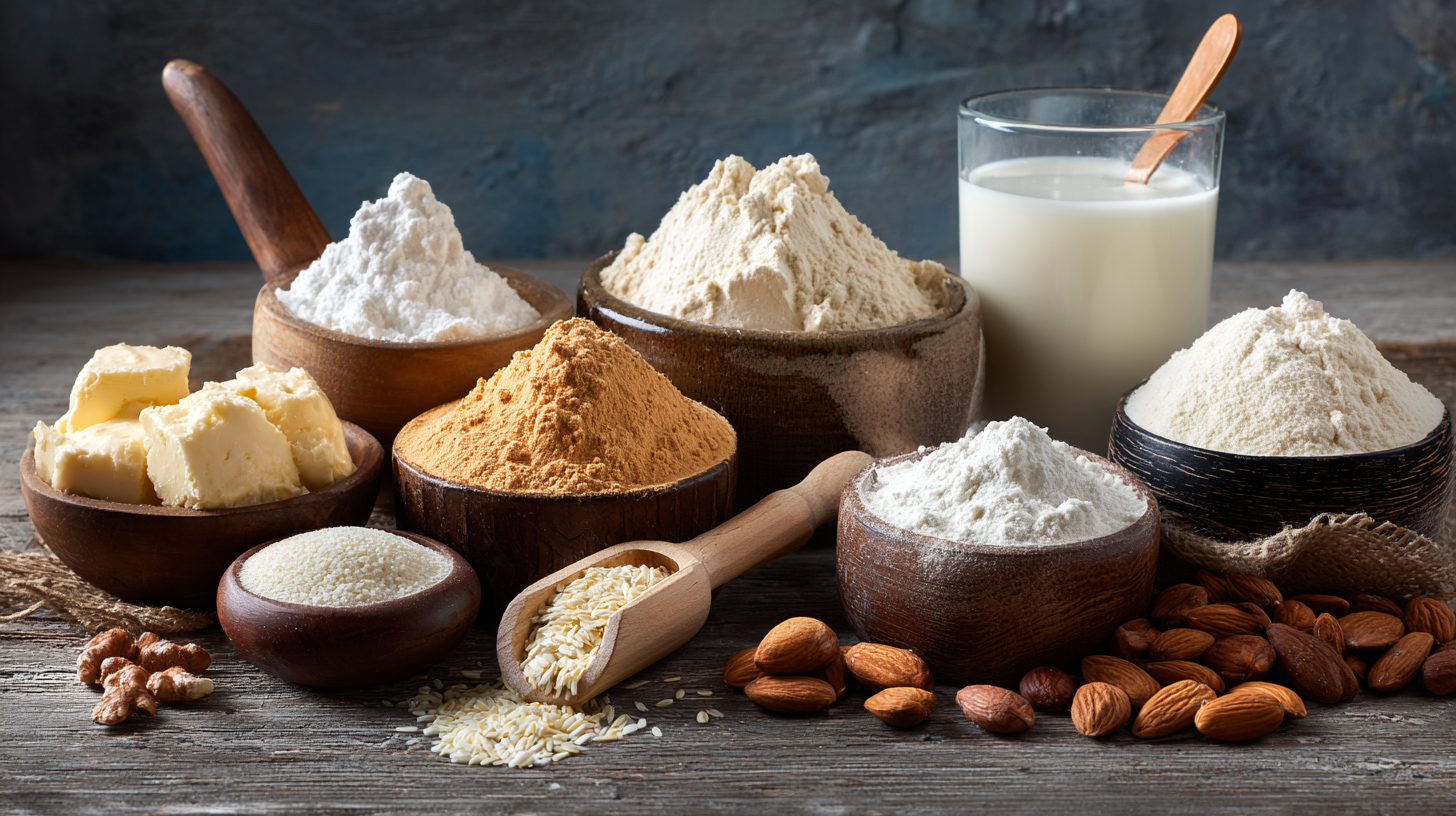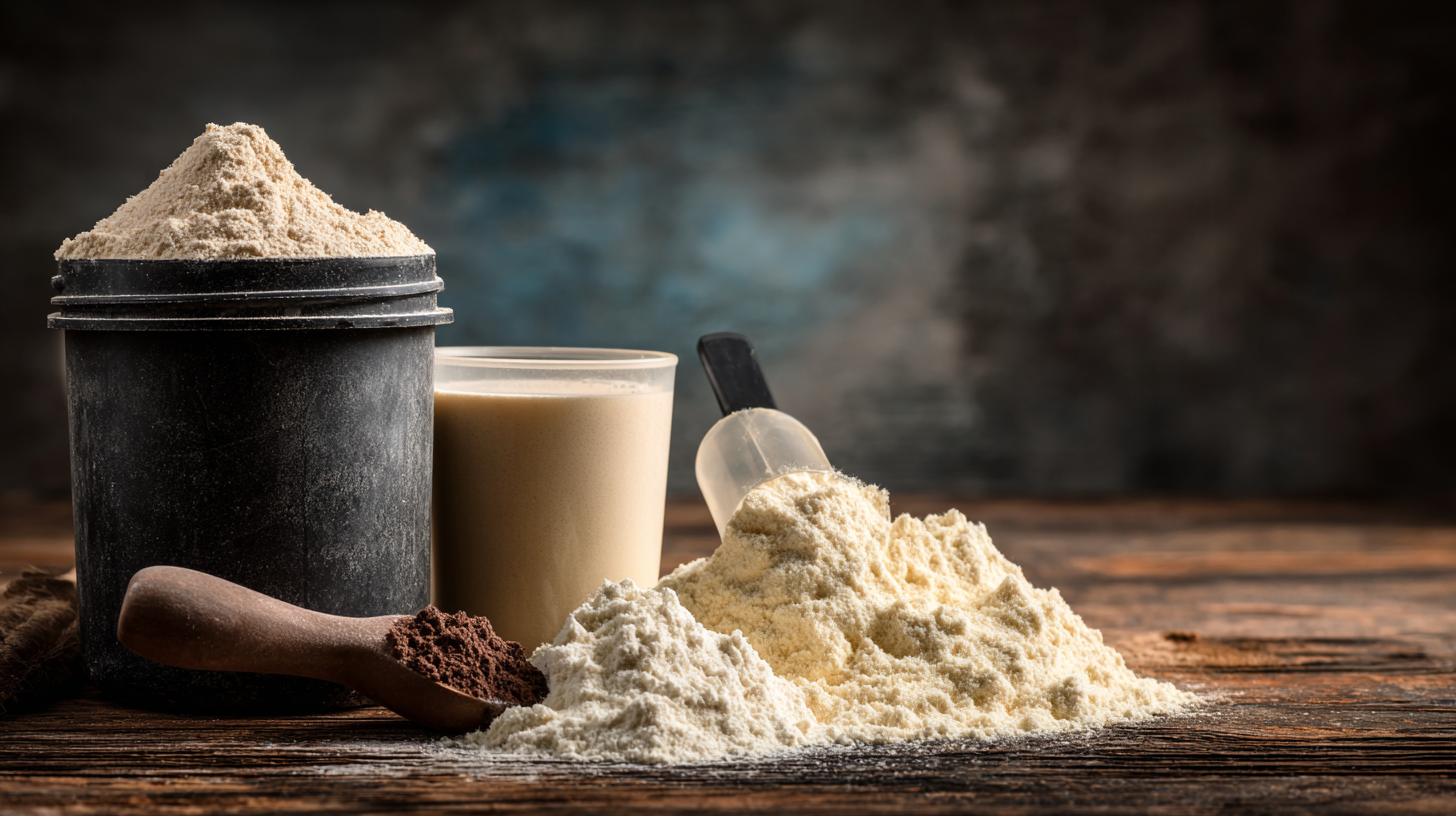In recent years, the demand for protein concentrates has surged, reflecting a significant shift in consumer preferences toward high-protein diets. According to a report by Mordor Intelligence, the global protein concentrates market is projected to reach USD 17.8 billion by 2026, growing at a CAGR of 6.5% from 2021. This growth is driven by the rising popularity of health and fitness trends, as well as the increasing incorporation of protein-based ingredients in food and beverages.

Businesses looking to capitalize on this trend must navigate a complex landscape of suppliers and product options to identify the best protein concentrate that aligns with their operational needs. In this ultimate guide, we provide a comprehensive checklist to help you source the most suitable protein concentrate for your business, ensuring you stay competitive in a rapidly evolving market.
Protein concentrates are essential for various industries, providing a rich source of nutrients to meet specific business needs. Understanding the types of protein concentrates available is crucial for making informed decisions. The most common categories include whey protein concentrate, soy protein concentrate, and pea protein concentrate, each offering unique benefits. For instance, whey protein concentrate contains 35-80% protein and is widely recognized for its high bioavailability, making it an excellent choice for athletes and individuals aiming to enhance muscle recovery and growth.
The benefits of protein concentrates extend beyond muscle building. Research indicates that incorporating these supplements into one's diet can improve overall health by supporting weight management and enhancing immune function. According to industry reports, the global protein supplements market is projected to reach USD 25 billion by 2027, reflecting the increasing consumer interest in health and fitness. As businesses seek to capitalize on this trend, selecting high-quality protein concentrates that align with health goals can provide a competitive edge in the market.
As the demand for protein continues to rise globally, businesses must weigh the benefits of various protein sources, particularly plant-based and animal-based options. According to a report by the Good Food Institute, the U.S. plant-based protein market alone was valued at $5 billion in 2020 and is projected to grow over 20% by 2025. This surge is driven by health-conscious consumers seeking alternatives to traditional meat products, coupled with sustainability concerns. Plant-based proteins, such as pea protein, soy protein, and legumes, are not only lower in saturated fats but also require significantly less land and water compared to their animal counterparts.

On the other hand, animal-based proteins, which include whey and casein from dairy and other meat sources, remain essential for many sectors, particularly in the sports nutrition and dietary supplement industries. According to a recent study by MarketsandMarkets, the global whey protein market is expected to reach $13.7 billion by 2025, reflecting steady demand fueled by the growing emphasis on muscle recovery and weight management among consumers. While animal-based proteins offer complete essential amino acid profiles, the growing interest in ethical and sustainable eating practices means that businesses must carefully consider their product offerings to meet evolving consumer preferences. Balancing both plant and animal protein sources might be the key to staying competitive in the dynamic protein market landscape.
When selecting the right protein concentrate for your business, several important criteria should guide your decision-making process.
First, consider the source of the protein. Whether it's plant-based or animal-derived, the source will affect not only the nutritional profile but also the sustainability of your product.
For instance, whey protein is praised for its complete amino acid profile but may not suit those with lactose intolerance. Conversely, pea protein offers a vegan-friendly option with a good balance of essential amino acids.
Another essential criterion is the concentration level of the protein in the product. Depending on your specific needs, you might require a higher concentration of protein for sports nutrition products or a lower concentration for protein fortification in functional foods.
Additionally, analyze the purity and processing methods used in creating the protein concentrate.
Minimal processing often preserves the natural nutrients and flavors, ensuring a high-quality product that aligns with consumer preferences for clean labels and transparency.
By carefully evaluating these factors, you can find the perfect protein concentrate tailored to your business objectives and consumer demands.
When it comes to choosing the right protein concentrate for your business, understanding the key suppliers and brands in the market is essential. The protein concentrate market includes various types such as whey protein concentrate, hydrolyzed whey protein, and plant-based options like soy protein concentrates. Each type caters to different consumer needs, ranging from muscle gain to dietary preferences, showcasing the diverse landscape of protein supplements available.
With the growing health consciousness among consumers, the demand for quality protein concentrates has surged. The North American soy protein concentrate market is projected to reach USD 5.22 billion by 2034, highlighting the increasing interest in plant-based protein sources. Additionally, the whey protein category remains popular due to its efficacy in muscle building and recovery, making it a staple for fitness enthusiasts. As brands innovate and expand their product lines, staying informed about the latest trends and supplier offerings is crucial for any business looking to capitalize on the booming protein market.
Protein concentrates are becoming increasingly popular in various food and beverage applications, reflecting the growing consumer demand for high-protein diets. As the health and wellness trend continues to gain momentum, products rich in protein are being integrated into everything from snacks to beverages. The global market for functional proteins reached an impressive $8.18 billion in 2023, with projections suggesting an expansion to $28.02 billion by 2032. This surge highlights the need for businesses to explore innovative protein sources to meet evolving consumer preferences.

One of the most significant opportunities lies in whey protein concentrate (WPC), which is expected to experience a substantial growth rate across the coming years. The WPC market is forecasted to grow from $629.7 million in 2025 to an estimated $4.36 billion by 2033. Similarly, other protein concentrates, such as milk protein hydrolysates and soy protein, are gaining traction due to their versatility and enhanced nutritional profiles. Businesses seeking to capitalize on this trend should consider incorporating these protein concentrates into their product offerings to align with consumer demands for healthy and functional food solutions.
